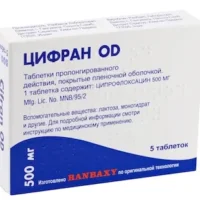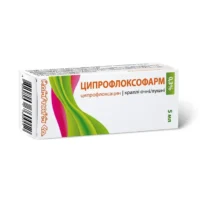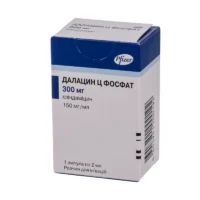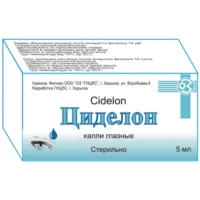Description
Septipim (Cefepime) Powder for Solution for Injections 1000 mg
Ingredients
- Active Ingredient: Cefepime
- Inactive ingredients may include lactose, sodium carbonate, or other excipients
Dosage
- Dosage: The usual adult dose is 1 to 2 grams every 12 hours, depending on the severity of the infection
- Dosage adjustments may be necessary in patients with renal impairment
Indications
- Indications: Septicemia, lower respiratory tract infections, urinary tract infections, intra-abdominal infections, skin and skin structure infections, and gynecological infections
Contraindications
- Contraindications: Hypersensitivity to cefepime or other cephalosporins
Directions
- Administration: Administer by intravenous infusion over 30 minutes
- Follow reconstitution and dilution instructions carefully
Scientific Evidence
Cefepime, the active ingredient in Septipim, is a fourth-generation cephalosporin with broad-spectrum antibacterial activity. Studies have shown its efficacy in treating various infections, including those caused by multidrug-resistant pathogens. Research by Livermore et al. (2002) demonstrated the potency of cefepime against extended-spectrum beta-lactamase-producing bacteria.
Additional Information
- It is important to monitor renal function during cefepime therapy, especially in elderly patients
- Adverse effects may include diarrhea, nausea, and hypersensitivity reactions
Cefepime exerts its pharmacological action by inhibiting bacterial cell wall synthesis, leading to cell death. Its extended spectrum of activity covers a wide range of Gram-positive and Gram-negative bacteria, making it a valuable option in the treatment of severe infections.
Comparative studies have shown cefepime to be as effective as other broad-spectrum antibiotics with a lower risk of resistance development. Its ability to penetrate tissues and maintain high concentrations at the infection site contributes to its clinical efficacy.





